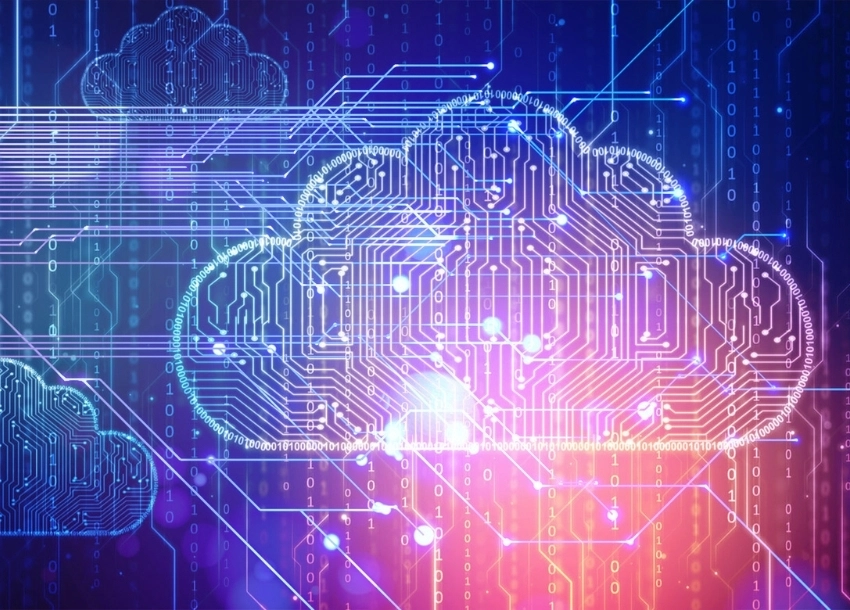Tips to Help Chinese Businesses Navigate the U.S. Litigation Environment
The U.S. litigation environment is very challenging for any business – but is especially challenging for Chinese businesses. Vast differences in legal culture, procedure, and legal remedies can jeopardize the success of Chinese businesses coming to the U.S. If you are starting or managing a China-based enterprise that does business in the U.S., therefore, an essential part of your business planning must involve understanding certain basic aspects of the U.S. litigation system. The most common mistake Chinese business managers make, is assuming that litigation in the U.S. will work basically like it does in China – when the exact opposite is true. Below are some basic ideas that will help you navigate the U.S. litigation environment.
- Litigation is Very Common in the U.S.:
It is very common for businesses in the U.S. to be involved in lawsuits. These lawsuits can involves issues ranging from employment practices, to disputes over contracts, to claims of negligence and fraud, to technical violations of consumer, environmental, or other regulatory requirements. Do not assume your business will never be sued. To the contrary, you must assume that at some point in time, your business will be in a lawsuit.
- Litigation in the U.S. is Very Rule-Based:
U.S. lawsuits are governed by strict rules and requirements. It is very important to comply with these rules, as failure to comply can have serious consequences. These rules may include deadlines for taking certain actions, requirements for retaining and disclosing relevant information and documents, and rules for the manner in which evidence can be presented. Do not assume these rules are voluntary, or can be “worked around.” Be prepared to comply with the rules, even when they are time-consuming and expensive.
- U.S. “Discovery” is a Unique, Lengthy, and Expensive Process:
Under U.S. “Discovery” rules, parties to a lawsuit are required to retain and disclose documents (including emails) that might relate to the claims, answer “Interrogatories” issued by the opposing party (typically asking for names of potential witnesses and financial information, for example), and present witnesses for examination under oath, in what are called “depositions.” The discovery process is not optional – it is mandatory. Refusing to participate in good faith can cause the Court to impose serious penalties and sanctions. The discovery process is also expensive, and usually requires intensive involvement of your attorney, plus a serious time-commitment from the client, especially in preparing to be deposed. The process is so unfamiliar to Chinese companies that they frequently fail to give discovery proper attention. This typically leads to bad results.
- The Judge and the Jury Have Very Different Roles in the U.S.:
In most U.S. cases, the parties have a right to trial by a jury. Juries are typically selected at random from the local community. Juries decide issues of fact in a case – for example, the jury will decide whether your company breached a contract, or manufactured a defective machine, or violated a trademark or a labor statute. The role of the Judge is to resolve questions of law and evidence – for example, a Judge will determine whether a particular document can be admitted into evidence, or whether a particular witness may testify as an expert witness. The question of which side in a case is “right” or “wrong,” however, is normally decided by the jury, after hearing all the evidence. This means that great care must be taken in how your case is presented to the jury – which, again, requires significant preparation and work by your attorney, as well as the company witnesses who will be testifying at the trial.
- Rules of Evidence Control How You Prove Your Case:
Only evidence that qualifies under the applicable rules of evidence can be admitted at the trial. These rules can be strict and technical. One of the most important requirements is that a witness can only testify about something as to which they have personal knowledge. This means that if the design of a machine is at issue, the Chinese company must provide a witness who has personal knowledge about how the machine works. If the issue in the case involves what was said in a particular meeting, you cannot provide a witness who simply repeats what he / she has been told about the meeting. This requirement of “personal knowledge” is often viewed as burdensome by Chinese companies – but must be observed if you want to win your case. Do not assume that just because you believe something to be true, you will allowed to testify about it.
- Broad Ranges of Damages Can Be Recovered:
One of the most notable features of the U.S. system is the broad range of damages that a claimant may recover. These damages range from actual out-of-pocket losses, to lost future profits, lost future income, interest, intangible damages such as emotional injury, loss of companionship, loss of enjoyment of life, to punitive damages and damages doubled or trebled under statutes. Although U.S. Courts typically follow “the American rule” with regard to recovery of attorneys’ fees (that it, each party bears its own fees and costs), this rule can be varies by contract or statute. In addition, U.S. law provides for a variety of “equitable” remedies in specific cases, which can have far-reaching business consequences. In short, do not assume that your financial exposure from a lawsuit is minimal or limited – you may be unhappily surprised at the damages which may be assessed against you, or the remedies which can be applied against you.
There are many keys to being successful in the U.S. market. Being prepared for the unique aspects of the U.S legal system is one of them.
About Maynard Nexsen
Maynard Nexsen is a full-service law firm of nearly 600 attorneys in 31 locations from coast to coast across the United States. Maynard Nexsen was formed in 2023 when two successful, client-centered firms combined to create a powerful national team. Maynard Nexsen’s list of clients spans a wide range of industry sectors and includes both public and private companies.








